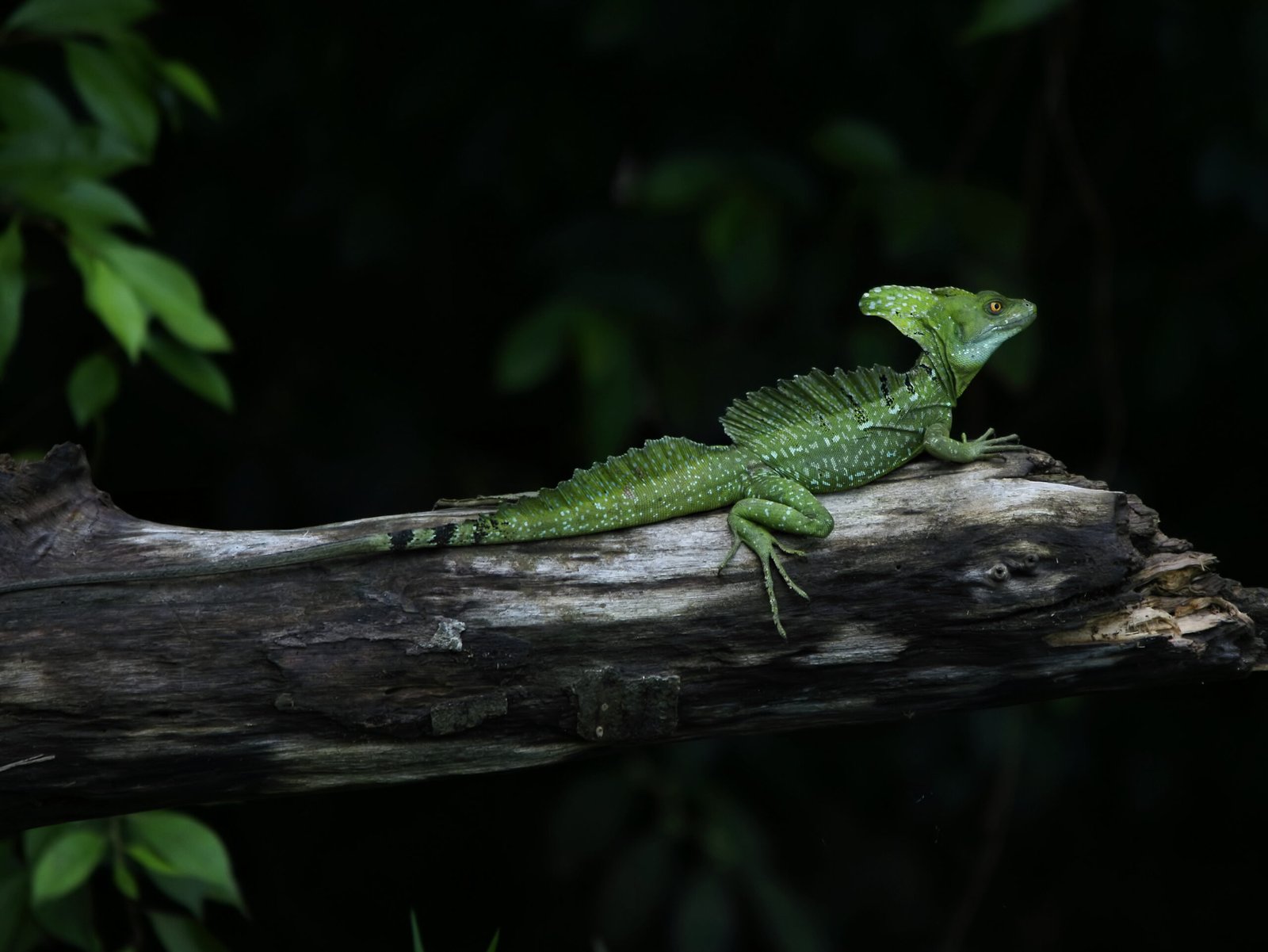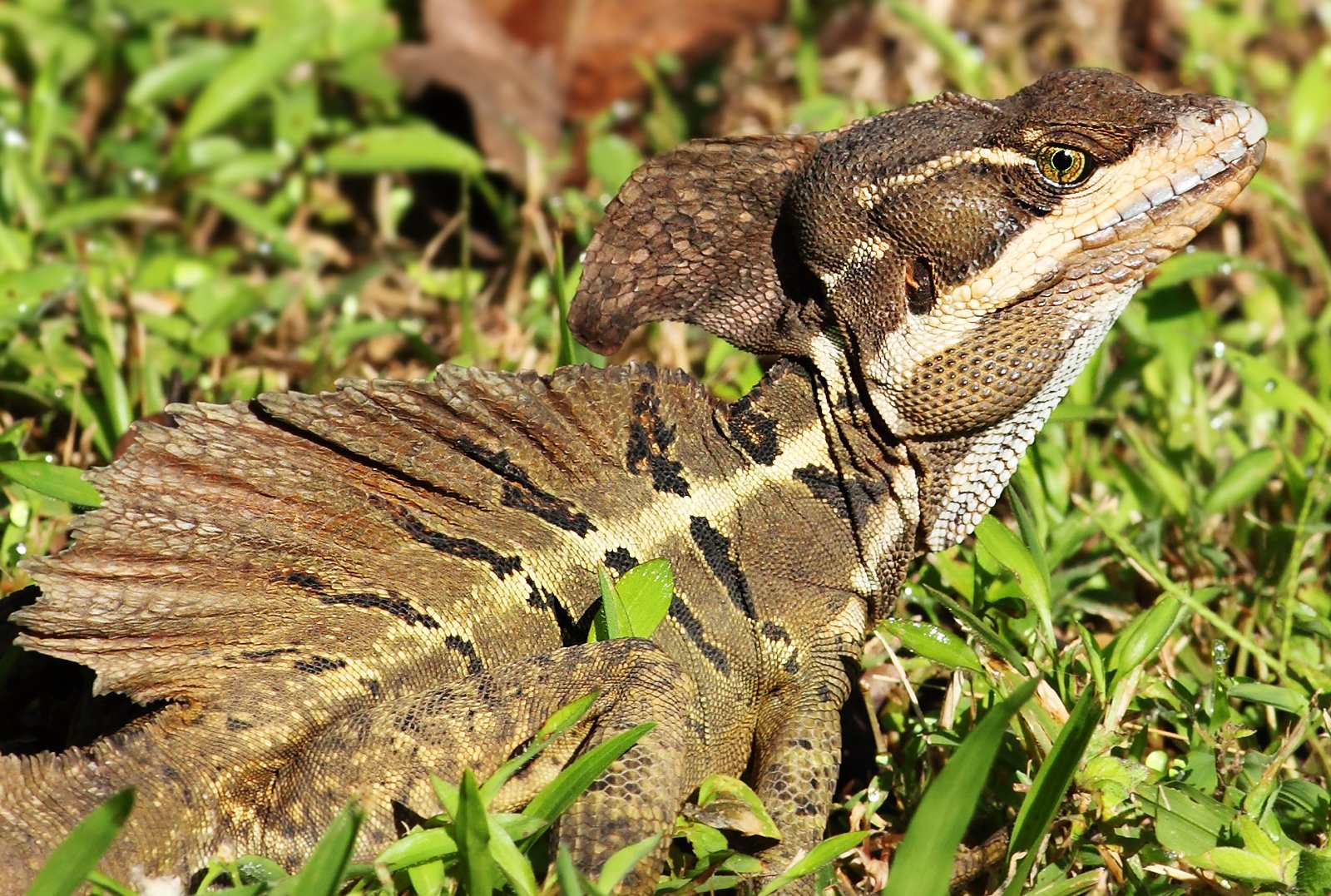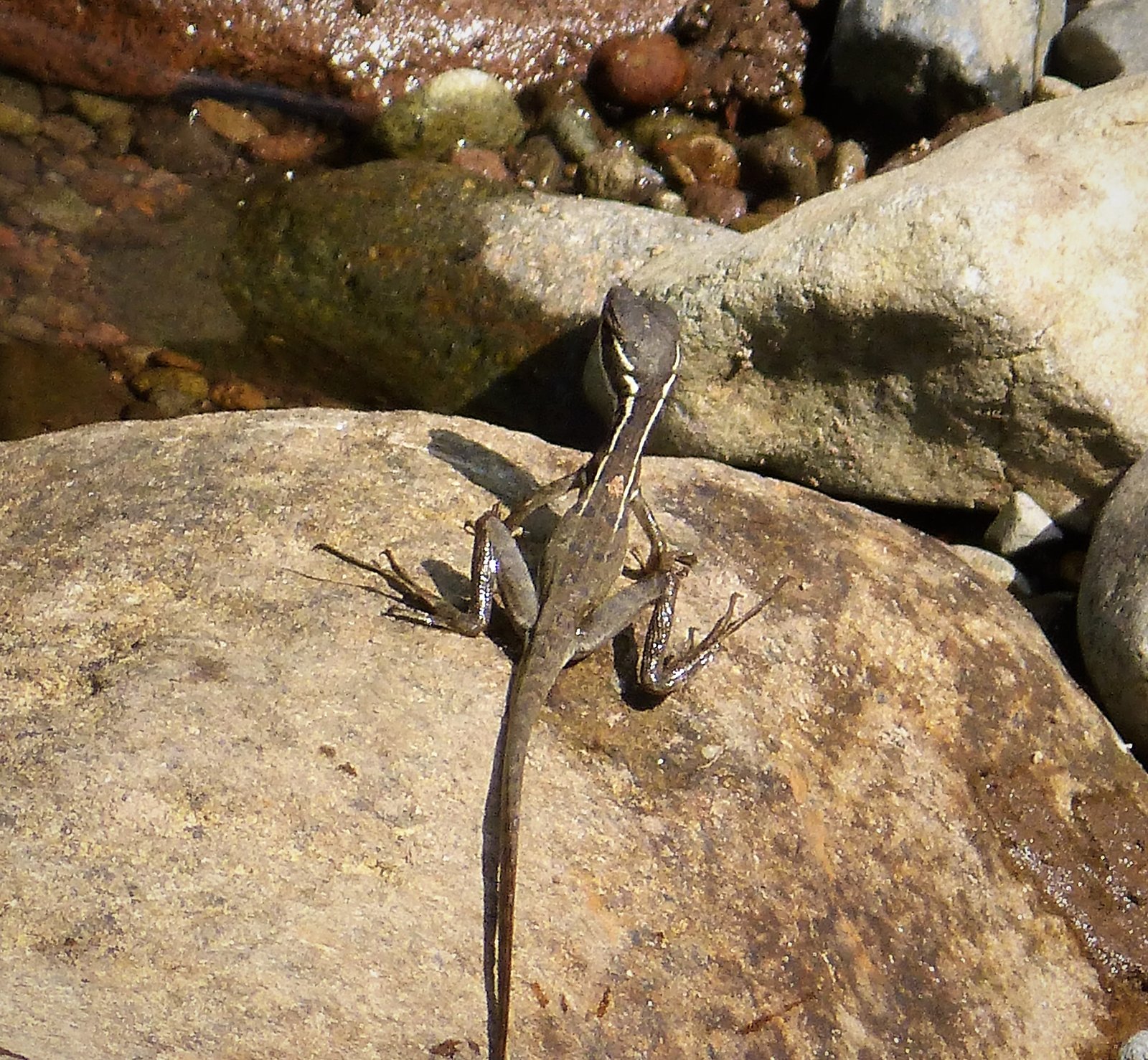Basilisks are fascinating creatures that have captured the imagination of many due to their unique ability to run on water. Often dubbed the “Jesus Christ lizard” for this remarkable trait, these lizards have evolved with some extraordinary features that allow them to escape predators in a way that seems almost miraculous. Their ability to dash across water surfaces is not only a testament to nature’s ingenuity but also a captivating spectacle for anyone lucky enough to witness it. This article delves deep into the world of basilisks, exploring their environment, anatomy, and the science behind their water-walking abilities.
The Enchanting Habitat of Basilisks

Basilisks are primarily found in the lush rainforests of Central and South America. These vibrant ecosystems provide the perfect backdrop for their acrobatic feats. With abundant rivers and streams, these lizards have ample opportunity to display their water-running prowess. The dense canopy and rich biodiversity of the rainforest also offer a complex environment filled with both challenges and opportunities. Here, basilisks thrive amidst a symphony of sounds and a tapestry of colors, blending seamlessly into their surroundings. The rainforest not only provides food and shelter but also serves as a natural stage for their incredible escape tactics.
Anatomy of a Water-Running Lizard
The basilisk’s anatomy is a marvel of evolutionary design, perfectly suited for its unique mode of locomotion. Their long toes are fringed with scales that increase surface area, allowing them to slap down on the water with enough force to create a pocket of air. This keeps them above the surface just long enough to take the next step. Additionally, their lightweight bodies and strong hind legs contribute to their speed and agility. The combination of these features enables them to sprint across water at speeds of up to 5 feet per second. This remarkable adaptation is a prime example of how evolution can shape creatures to fit specific ecological niches.
The Physics Behind Water Walking
The secret to the basilisk’s water-walking ability lies in the principles of physics. When the lizard runs, it slaps its foot down on the water, creating a force that pushes against the liquid’s surface tension. This action generates an upward lift, allowing the lizard to stay afloat momentarily. By rapidly repeating this motion, the basilisk can move forward without sinking. This phenomenon is akin to the way a skipping stone glides across a pond, albeit with much more precision and control. Understanding these physics principles not only highlights the basilisk’s unique capabilities but also underscores the intricate balance of forces at play in nature.
The Role of Speed and Agility
Speed and agility are crucial components of the basilisk’s escape strategy. In the wild, predators lurk around every corner, and a swift getaway can mean the difference between life and death. Basilisks can accelerate rapidly, reaching impressive speeds that leave potential threats in their wake. Their agility allows them to navigate complex terrains, whether dashing across water or darting through foliage. This combination of speed and agility is not just a survival mechanism but also a testament to the basilisk’s adaptability in its challenging environment. Their ability to react swiftly to danger is a key factor in their survival success.
Diet and Behavior: Insight into Basilisk Life
Basilisks are omnivorous, feeding on a varied diet that includes insects, fruits, and small vertebrates. This diverse diet provides the necessary nutrients to fuel their high-energy lifestyle. Their feeding habits also play a role in maintaining the ecological balance of their habitat. In terms of behavior, basilisks are known for their territorial nature and complex social interactions. They communicate through a series of head bobs and displays, establishing dominance and warding off rivals. Understanding their diet and behavior offers a glimpse into the daily life of these remarkable lizards and the challenges they face in the wild.
Predators and Threats in the Wild

Despite their impressive escape tactics, basilisks face numerous threats in the wild. Predators such as birds of prey, snakes, and larger mammals pose a constant danger. Additionally, habitat destruction due to deforestation and human encroachment threatens their survival. These challenges highlight the fragile balance of ecosystems and the impact of human activity on biodiversity. Conservation efforts are crucial in preserving the natural habitats that basilisks and countless other species call home. Protecting these environments ensures that future generations can continue to marvel at the wonders of nature, including the extraordinary water-running lizard.
Reproduction and Life Cycle
Basilisks have a fascinating reproductive process, with females laying eggs in hidden nests to protect them from predators. The eggs incubate for several months, during which they are vulnerable to environmental factors and predation. Once hatched, juvenile basilisks face a challenging journey to maturity, navigating the complexities of the rainforest ecosystem. Their early life is fraught with danger, but those that survive grow into agile adults capable of performing the incredible feats that make them famous. The life cycle of basilisks is a testament to resilience and adaptation, showcasing the wonders of nature’s continuous cycle of life.
The Cultural Significance of Basilisks

Basilisks have captured the imagination of cultures around the world, often appearing in folklore and mythology. Their ability to run on water has inspired numerous legends, symbolizing agility, speed, and the mysterious forces of nature. In some cultures, they are revered as symbols of transformation and rebirth, reflecting the cycle of life and death in the natural world. The cultural significance of basilisks underscores their impact on human imagination and the enduring fascination with the wonders of the natural world. These stories and beliefs highlight the profound connection between humans and the creatures that inhabit our planet.
Scientific Research and Fascination

Scientific research on basilisks has provided valuable insights into biomechanics, evolution, and animal behavior. Researchers study these lizards to understand the principles of locomotion and the adaptations that enable such remarkable feats. This research has broader implications, contributing to fields such as robotics and biomimetics. The fascination with basilisks extends beyond scientific circles, captivating nature enthusiasts and curious minds alike. Their extraordinary abilities continue to inspire awe and wonder, reminding us of the incredible diversity and ingenuity of life on Earth. The study of basilisks offers a glimpse into the mysteries of nature and the endless possibilities of scientific exploration.
In conclusion, basilisks are a testament to nature’s ingenuity, showcasing the incredible adaptations that allow them to thrive in challenging environments. Their ability to run on water is not only a survival tactic but also a captivating spectacle that continues to inspire and fascinate. As we learn more about these remarkable creatures, we gain a deeper appreciation for the complexity and beauty of the natural world.



